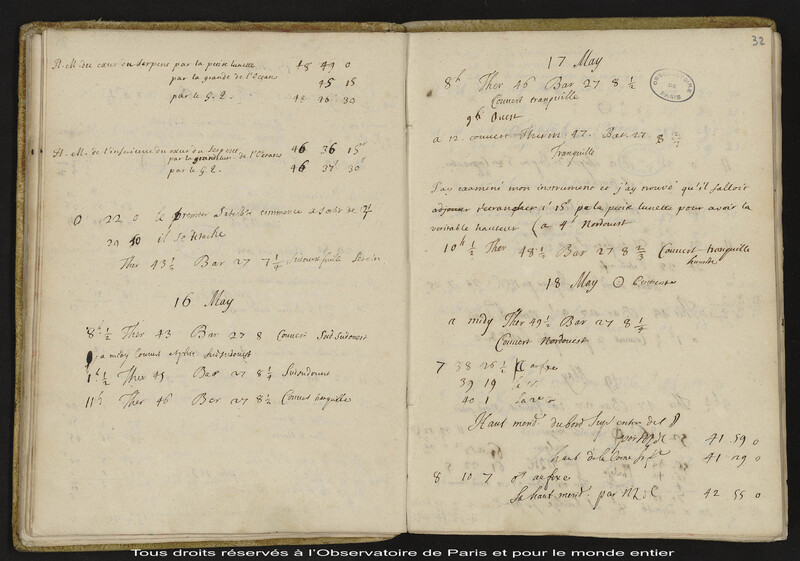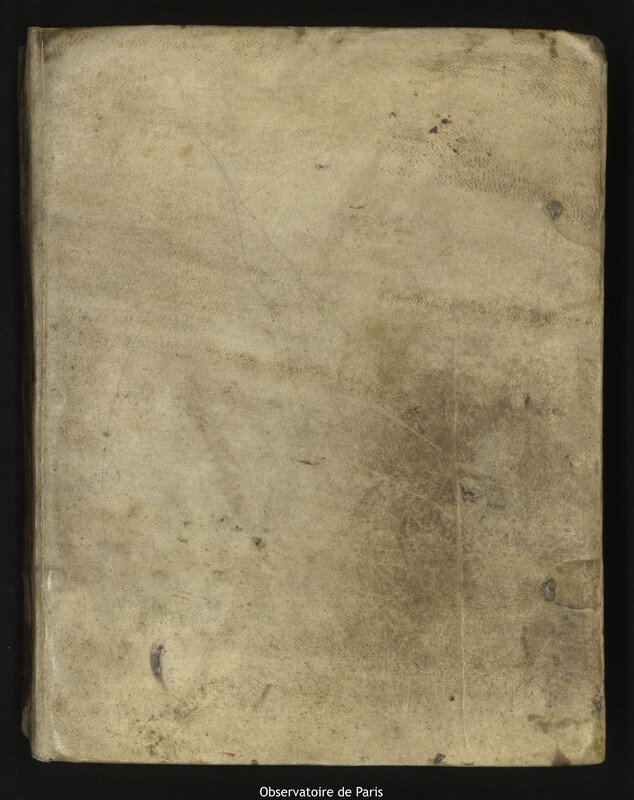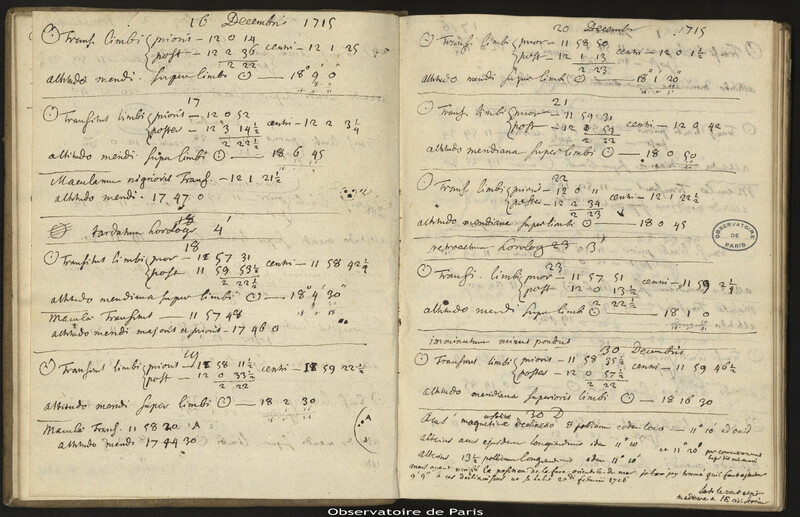La Hire and the Observatory
From 1682, La Hire settled down in Paris with his quite numerous family on the second floor of the Observatory, in the apartments that were occupied by Ole Romer (1644-1710)1.
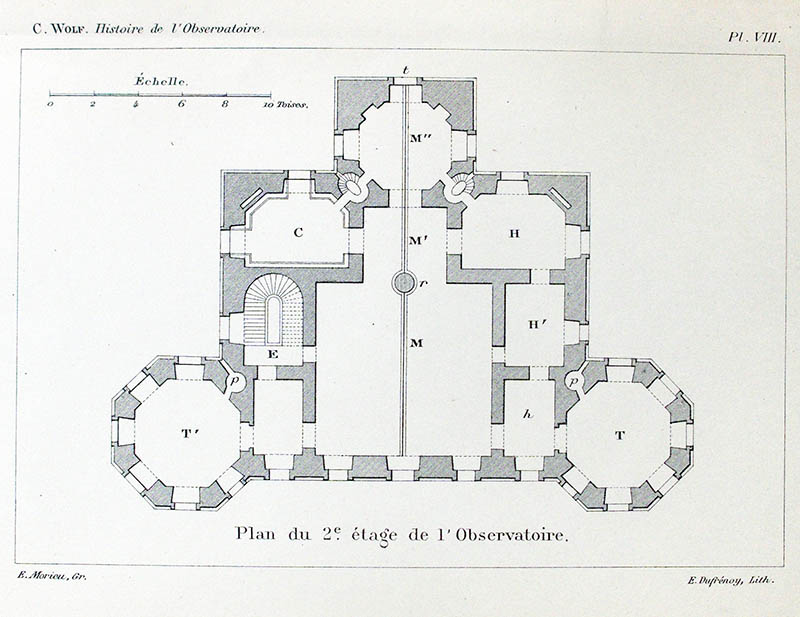
In H and H ', the apartments of La Hire and his family.2
La Hire now disposed of precision tools within reach. On April 25, 1682, he placed a mural quadrant in the west tower of the Observatory. This allowed him to make very accurate observations and develop his future astronomical tables. And so for thirty-six years, Le Hire observes the sky methodically with almost no interruption. His written correspondence confirms observations exchanges with numerous astronomers. As Fontenelle pointed out in his Éloge, La Hire’s nights were often shortened by the requirement not to fail to witness any celestial event. One of his sons (Gabriel Philippe, born in 16773 assisted him in his measurements.
Mémoires de l'Académie des Sciences, 1710, p. 172.
The Observatory buildings were used as a testing ground. In 17144, he made use of the puits zenithal (light tube) which are precise superposed openings at each level of the Observatory, from basement to roof terrace, forming a vertical “light pit” of 55 meters high5.
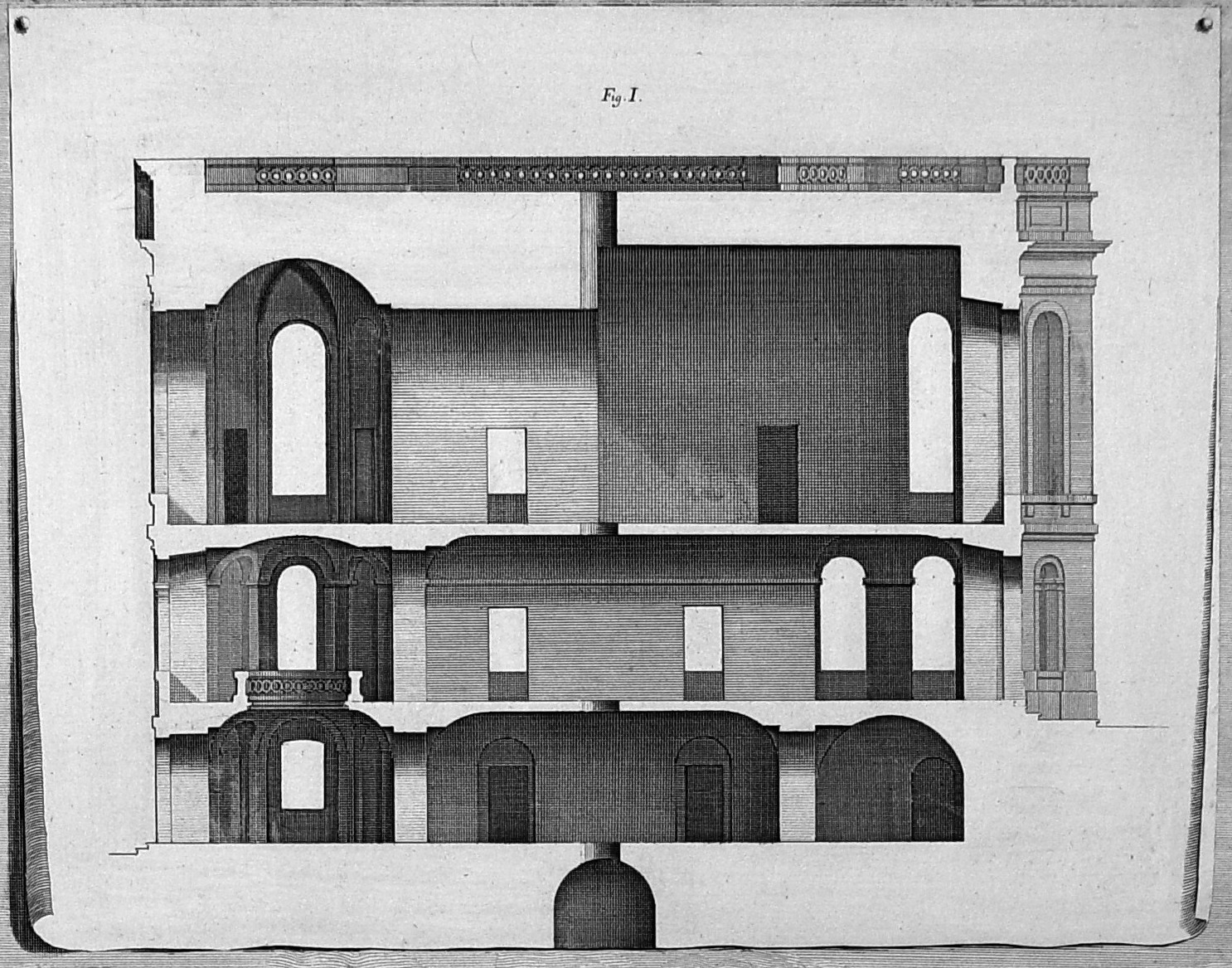
Engraving showing the elevation section of the Perrault building (Paris Observatory, north façade), by Sébastien Leclerc, 17th or 18th century, 43x60cm, detail, Bibliohtèque de l'Observatoire de Paris.
Histoire de l’Académie royale des sciences ... avec les mémoires de mathématique & de physique... tirez des registres de cette Académie, 1714, Paris: Imprimerie de Du Pont.
He repeatedly reported on his meteorological observations made at the Observatory: thermometer, barometer, rainfall and wind measurements. Why apply to this daily work of measurements? La Hire explains it in one of his memoirs, published in the Memoirs of the Academy of Sciences of 1699:
"One would think it is rather useless to keep an exact record of the wind blowing every day, of the force, and of the duration, of the quantity of rain that falls, and of the status of the barometer. The changes which occur in all this great mass of air, however, seem perhaps even more bizarre than they are, for want of observers who have been there long enough and carefully enough to discover regularity; and if it is possible that there is any regularity, one will perceive it only by a long series of observations made in different places. Who knows, for example, if there are not some compensations, or some exchanges of good and bad weather, between different parts of the Earth?"6
Fontenelle explains how advantageous regular observations could be:
He took great care to publish the work of his colleagues (and academicians) as well as some of his own research studies. His essays feature a wide and surprising range of matters.
La Hire died at the age of 78, on 21st April 1718 at the Observatory. Two days prior his death, he was recording his last astronomical observations. He rests in Saint-Jacques-du-Haut-Pas’s church with Cassini the first.
“La Hire, well-known all over Europe as one of the greatest astronomers that ever was, died at the Observatory at nearly eighty years old, until then in a continuous and perfect physical and spiritual health.”
(Saint-Simon7)
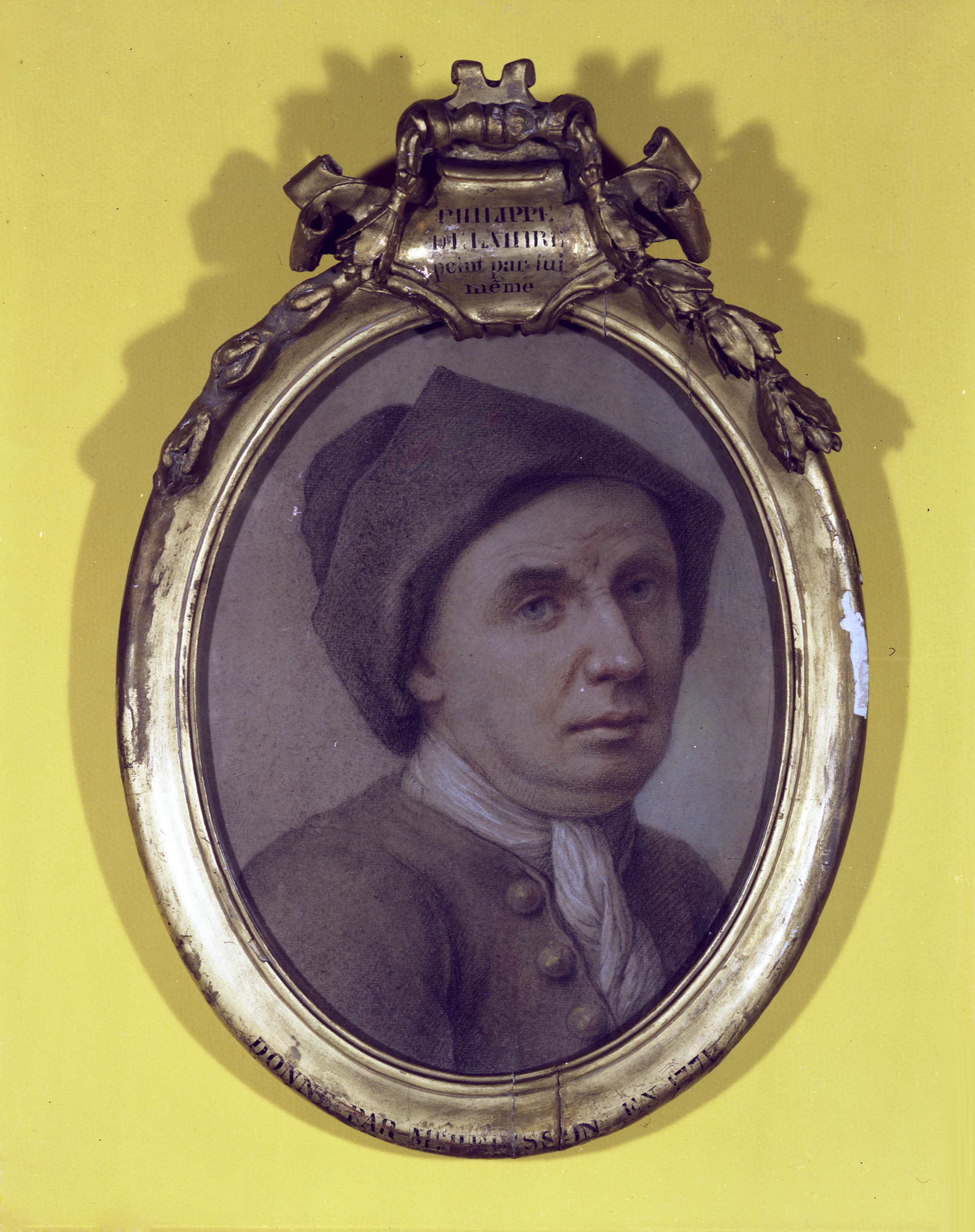
La Hire self-portrait, pastel, Bibliothèque de l'Observatoire de Paris, inv.I.87
____________
1 Charles Wolf, Histoire de l'Observatoire de Paris de sa fondation à 1793, Gauthier-Villars, 1902, p. 100 et p. 379.
2 Ibid.
3 In the Grand Dictionnaire of Moreri, we find these notes about Gabriel Philippe de La Hire: "Besides a profound knowledge, he had a very varied erudition, and a great facility to speak well; in spite of his poor health, he had a natural joy, and the courage of a wise physicist, who knows what awaits the body, and who forgives nature. " – Louis Moreri, Le Grand dictionnaire historique , ou le Mélange curieux de l'histoire sacrée et profane…, Paris, J.-B. Coignard, 1681 (1732), tom 1, p. 482-483.
4 Mémoires de l’Académie Royale des Sciences, 1714, p. 334.
5 Oeuvres de M. Mariotte ... : comprenant tous les traitéz de cet auteur, tant ceux qui avoient déjà paru séparément, que ceux qui n'avoient pas encore été publiés; imprimées sur les [...]. A La Haye : chez Jean Neaulme, 1740, p. 113.
6 Mémoires de l'Académie des Sciences, 1699, p. 2.
7 >The young Saint-Simon may have met La Hire, during his visit of the Observatory. See Guy Picolet, ”Une visite du jeune Saint-Simon à l'Observatoire de Paris”, Cahiers Saint Simon, n°26, 1998.


